The Internet in the 1970's

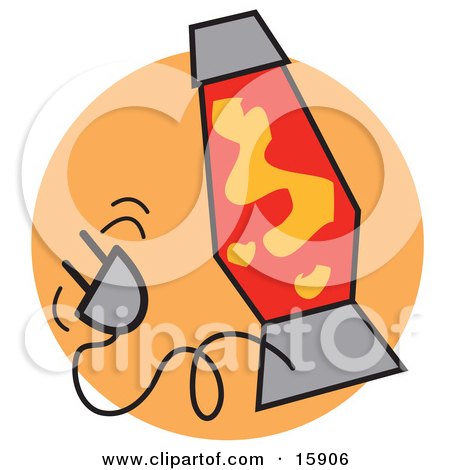

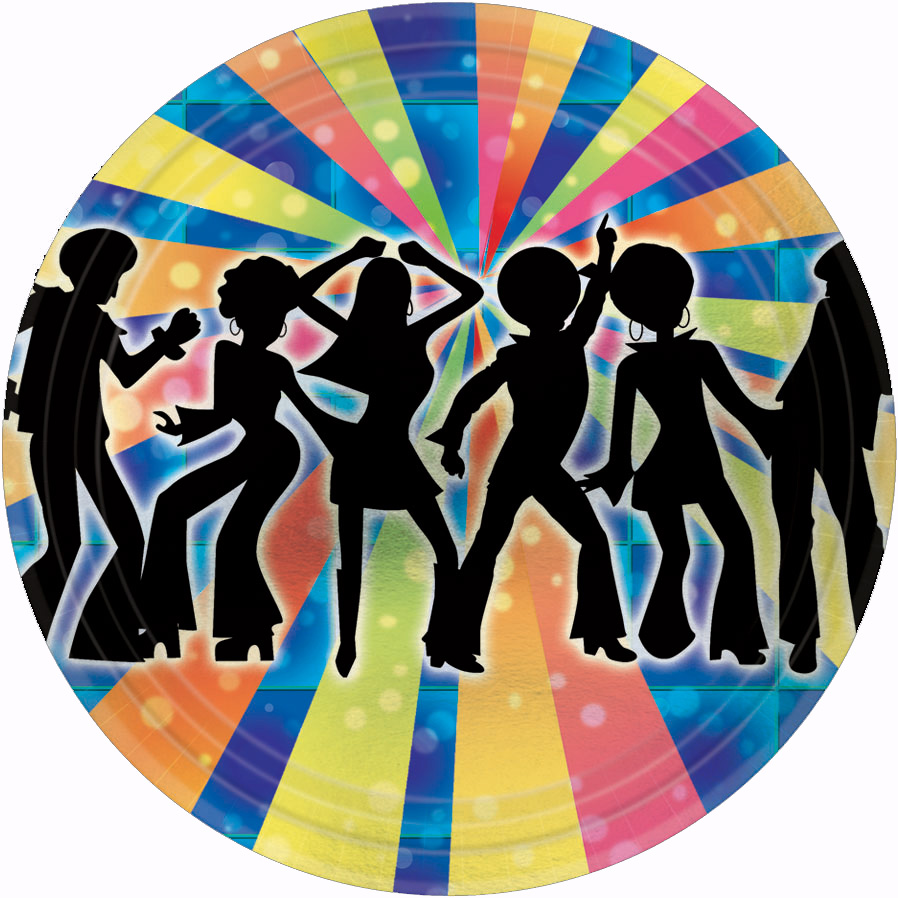
Email
In the 1970s, email was just getting started. In 1972, the @ symbol was chosen by Ray Tomlinson as the symbol for email. Tomlinson worked for Bolt Beranek and Newman as an ARPANET contractor. Before he created the @ symbol, it was much harder to send an email. In 1974, Email was used for only military use, like the Internet. This was later lifted as the concept became more popular. The first head of state to send an email was Queen Elizabeth. Now, email is very popular and about 183 billion emails are sent daily.


TCP/IP
TCP was created in the 70s. TCP, or Transmission Control Protocol was created to transfer information more quickly between nodes. The TCP directs the packet to the correct location. As the network became more popular, packets could have been transferred to the wrong location, causing confusion. Internet protocol (IP) was created to transfer information more quickly between nodes on a network. IP addresses address your specific computer so there wasn’t much confusion when transferring. Each packet is first sent to a Gateway computer and then sent to your computer.
Ethernet
Ethernet was developed at Xerox PARC in the 1970’s. Ethernet is protocol that controls the way data s transferred over a Local Area Network (LAN). Robert Metcalfe created Ethernet in 1973. The Ethernet is the most commonly used LAN protocol used today.
What else happened in the 1970's?
Aside from the internet, the 70's were full of fads and events. Pet rocks were widely spread. The voting age was lowered from 21 to 18, and the first Earth day was celebrated in the United States. The life expectancy was around 73 years
Early Computing
- The 70's saw the beginning of the Home Computer due to Intel creating the first cheap microprocessor - the Intel 4004, and other integrated circuits. In the beginning the computers were mainly for the hobbyists and included the Apple II, the TRS-80, the Commodore PET, and Atari 400/800 and with the growth of these home computers Bulletin Boards became a popular way for people to find others with similar interest.
-
The birth of modern computing was in the 1970s, which saw the development of the world's first general microprocessor, the C programming language, rudimentary personal computers, pocket calculators, the first supercomputer, and consumer video games. The 1970s were also the start of fiber optics, which transformed the communications industry. Microwave ovens became commercially available, as did VCRs.
-
The microprocessor was born in 1971 at Intel. The first widely-available computer kit appeared on the front of Popular Electronics in January, 1975. That magazine cover inspired Bill Gates to leave Harvard for Albuquerque and start Microsoft with his partner Paul Allen. The Apple II, Commodore PET, and TRS-80 personal computers shipped in 1977 and the revolution began in earnest. At the start of the Super70s, there were less than 10,000 computers in the world.
-
In 1977, the Apple Company introduced their Apple II model. The Apple II was well-received by the public because it was produced specifically to market to the masses. In fact, this is the model that many believe to be the beginning of the personal computer revolution because it was the first of the successful home computer systems in the United States. The Apple II model cost about $1300-$2600 depending on how much memory the person wanted.
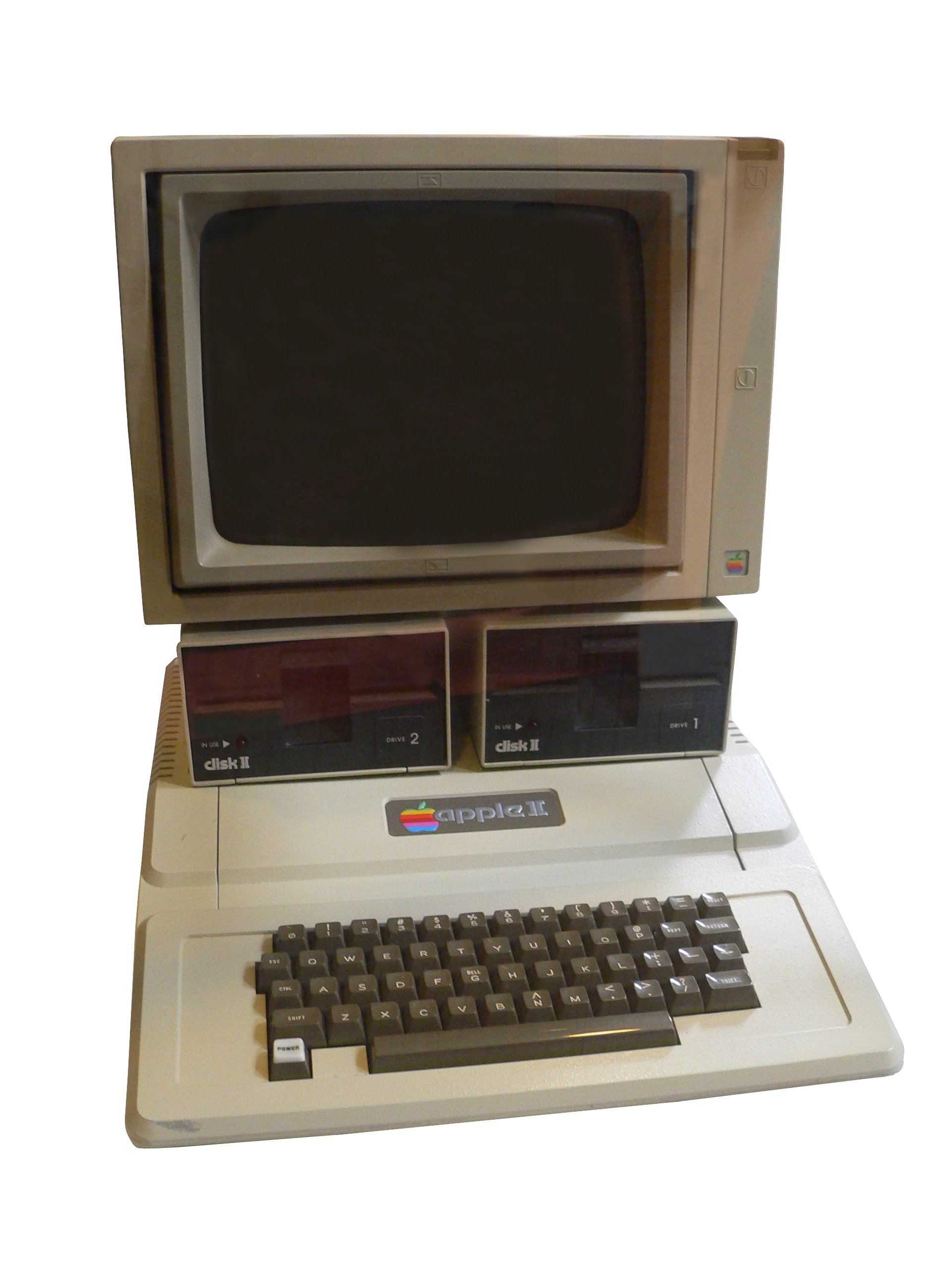

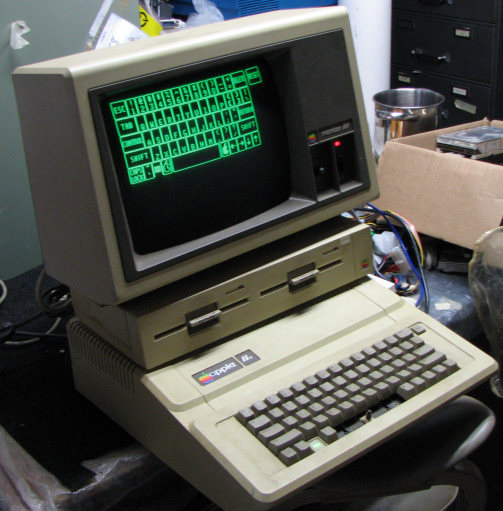






Technology Timeline
1970
* The daisy-wheel printer invented.
* The floppy disk invented by Alan Shugart.
1971
* The dot-matrix printer invented.
* The food processor invented.
* The liquid-crystal display (LCD) invented by James Fergason.
* The microprocessor invented by Faggin, Hoff and Mazor.
* VCR or videocassette invented.
1972
* The word processor invented.
* Pong first video game invented by Nolan Bushnell .
* Hacky Sack invented by John Stalberger and Mike Marshall.
1973
* Gene splicing invented.
* The ethernet (local computer network) invented by Robert Metcalfe and Xerox.
* Bic invents the disposable lighter.
1974
* The post-it notes invented by Arthur Fry.
* Giorgio Fischer, a gynecologist from Rome, Italy, invents liposuction.
1975
* The laser printer invented.
* The push-through tab on a drink can invented.
1976
* The ink-jet printer invented.
1977
* Magnetic resonance imaging invented by Raymond V. Damadian.
1978
* Dan Bricklin and Bob Frankston invented the VisiCalc spreadsheet.
* The artificial heart Jarvik-7 invented by Robert K. Jarvik.
1979
* Cell phones invented.
* Cray supercomputer invented by Seymour Cray.
* Walkman invented.
* Scott Olson invents roller blades.
70s Music Facts
-
The early 1970s saw the rise of popular soft rock/pop rock music, with recording artists such as Fleetwood Mac, The Carpenters, Elton John, James Taylor, John Denver, The Eagles, America, Chicago, The Doobie Brothers, Paul McCartney and Wings, Bread and Steely Dan as well as the further rise of such popular, influential rhythm and blues (R&B) artists as multi-instrumentalist Stevie Wonder and the popular quintet The Jackson 5.
- A major event in music in the early 70s, were the deaths of popular rock stars Jimi Hendrix, Janis Joplin and Jim Morrison all at the age of 27.
- The mid-1970s also saw the rise of disco music, which dominated during the last half of the decade with bands like the Bee Gees, ABBA, Boney M, Donna Summer, KC and the Sunshine Band, etc. In response to this, rock music became increasingly hard-edged with artists such as Led Zeppelin and Black Sabbath.
- By the 1970's, the term "rock & roll" had become nearly meaningless. This decade saw the breakup of the Beatles and the death of Elvis Presley.


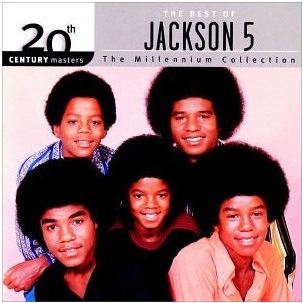

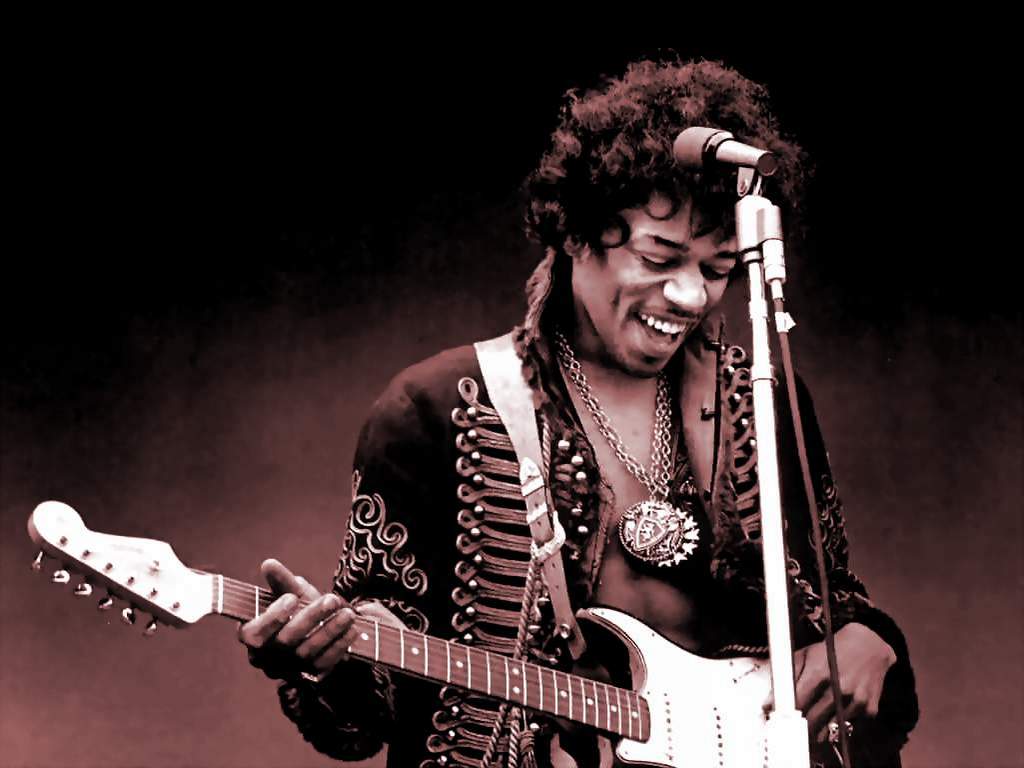



Comments (6)
lsavage said
at 8:51 am on Feb 8, 2010
I really liked the pictures and music. There was a lot of color. I didn't know that the @ symbol in email addresses was because it made it go to a more specific place.
khesse said
at 8:53 am on Feb 8, 2010
I liked how colorful and bright your presentation was. I think you represented the 70's perfectly. I didn't know that's when email got started.
amaclellan said
at 8:57 am on Feb 8, 2010
You had really good visuals. I did not know the cell phone was created in 1979 before seeing your presentation.
sscanlon said
at 8:57 am on Feb 8, 2010
This was a really interesting presentation - very informative and full of energy :) good job!
rbecker said
at 9:02 am on Feb 8, 2010
This presentation was very dynamic and efficiently incorporated aspects of 70's culture on the Wiki. The group did a great job presenting. Before the presentation I didn't know that the @ symbol was chosen by Ray Tomlinson as the symbol for email.
amcelaney said
at 9:04 am on Feb 8, 2010
This presentation was very colorful and there was a lot of good information present. I think the group did a great job making the presentation nice to look at and presenting the information well.
You don't have permission to comment on this page.